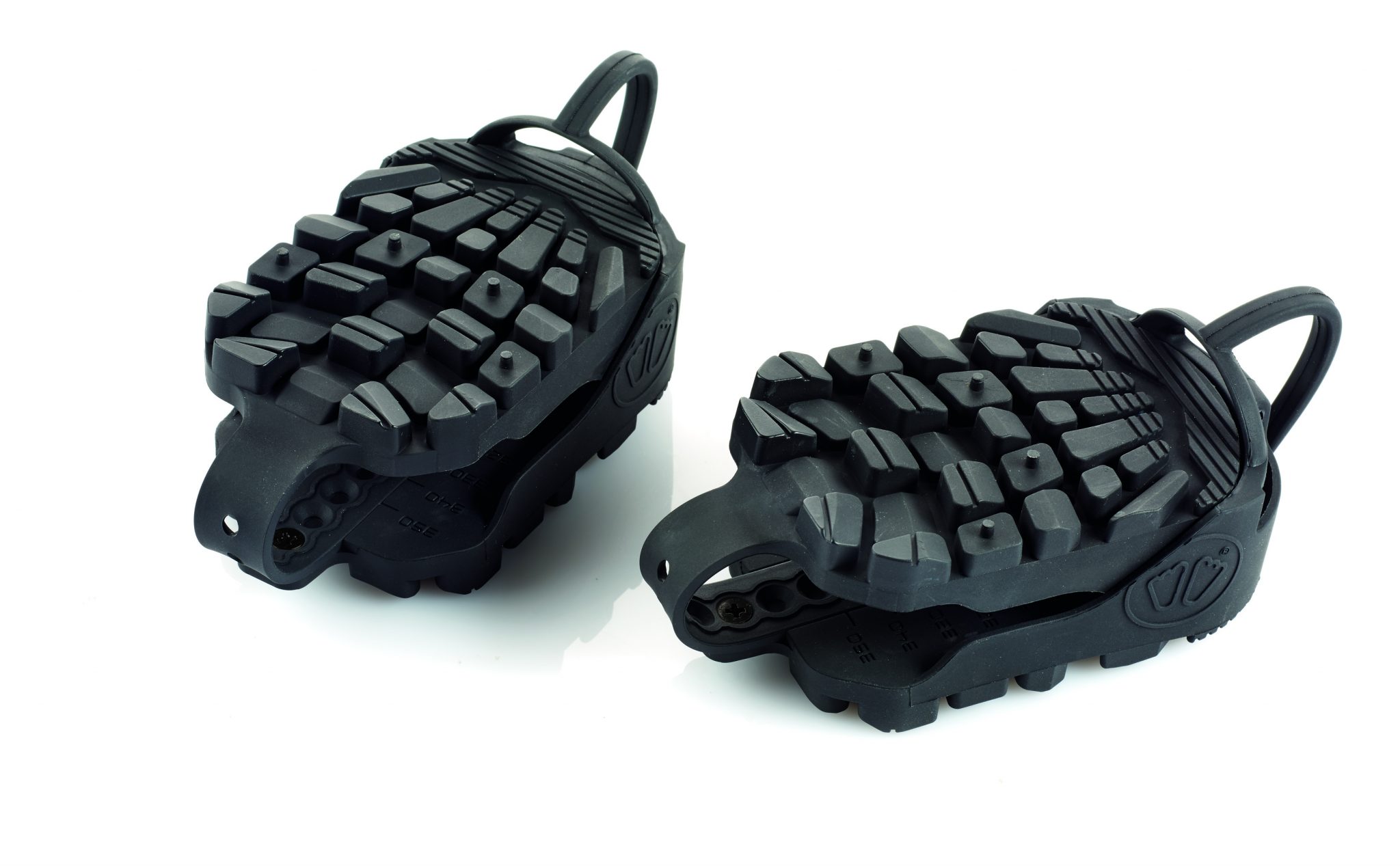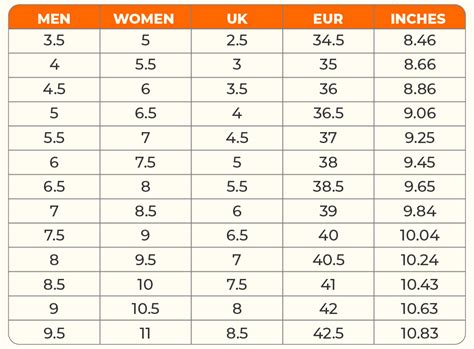Boost Boot Traction Today

The age-old problem of boots lacking traction has plagued many an outdoor enthusiast, adventurer, and even the average Joe. Whether you’re trekking through icy sidewalks, hiking through muddy trails, or simply trying to get a grip on a slick floor, having boots that can provide the necessary traction can be a lifesaver. Or, at the very least, a slip-preventer. In this in-depth exploration, we’ll delve into the world of boot traction, examining the causes of slippery boots, the science behind traction, and most importantly, providing actionable tips and solutions to boost boot traction today.
Understanding the Science of Traction
Before we dive into the solutions, it’s essential to understand the science behind traction. Traction, in the context of footwear, refers to the frictional force between the boot’s sole and the surface it’s in contact with. This force is what prevents slipping and ensures stability. The level of traction depends on several factors, including the material of the sole, the surface texture, and the environmental conditions (such as moisture or temperature).
For instance, boots with soft, rubber soles tend to provide better traction on dry surfaces due to their ability to deform and create a larger contact area. However, on wet or icy surfaces, the same boots may fail to provide sufficient grip due to the reduced friction coefficient.
The Causes of Slippery Boots
So, why do boots sometimes fail to provide the necessary traction? There are several reasons:
- Worn-out Soles: Over time, the soles of boots can become worn down, reducing their ability to grip various surfaces.
- Incorrect Sole Material: Using boots with soles made from materials that are not suited for the specific terrain or conditions can lead to reduced traction.
- Environmental Factors: Weather conditions such as rain, snow, or ice can significantly reduce the traction of boots.
- Surface Texture: Smooth surfaces, such as polished flooring or slick rocks, can be particularly challenging for boots to grip.
Practical Solutions to Boost Traction
Fortunately, there are numerous practical solutions to enhance boot traction, catering to different needs and situations:
- Replace Worn-out Soles: Regularly inspect your boots and consider replacing the soles if they show significant wear.
- Choose the Right Boots: Select boots designed for your specific activity and terrain. For example, hiking boots for trails and insulated boots for snow.
- Use Traction Devices: There are various devices available that can be attached to your boots to improve traction, such as crampons for ice or snow chains for deep snow.
- Apply Traction-enhancing Products: Certain sprays or creams can be applied to the sole of the boot to temporarily improve grip on smooth surfaces.
- Modify Your Gait: Sometimes, simply adjusting how you walk can make a significant difference. Taking smaller steps and keeping your center of gravity over your feet can help prevent slipping.
Expert Insights: Beyond the Basics
For those looking to delve deeper into the world of boot traction, there are advanced techniques and products available:
- Custom Orthotics: For individuals with specific foot needs or preferences, custom orthotics can be designed to not only provide comfort but also enhance traction by ensuring a more stable foot-bed interface.
- Advanced Materials: Research into new materials and technologies, such as graphene-enhanced soles or self-cleaning surfaces, promises to revolutionize boot traction in the future.
- Training and Technique: While often overlooked, proper training in balance, gait, and movement can significantly enhance an individual’s ability to maintain traction, even in challenging conditions.
FAQ Section
What are the best materials for boot soles in terms of traction?
+Rubber and certain types of synthetic materials are known for their grip. However, the best material can vary greatly depending on the intended use of the boots, such as hiking, work, or ice fishing.
Can traction devices be used on any type of boot?
+Most traction devices are designed to be versatile, but it's crucial to check compatibility with your specific boot type before making a purchase. Some devices may require certain features on the boot, such as eyelets for straps.
How often should I inspect and maintain my boots to ensure good traction?
+Regular inspection and maintenance are key. It's recommended to check your boots after each use, especially if you've been in harsh conditions. Cleaning the soles and applying waterproofing treatments can also help maintain traction.
Conclusion
Boosting boot traction is not just about purchasing the right gear; it’s also about understanding the nuances of how traction works, recognizing the challenges posed by different environments, and adopting practical strategies to overcome them. Whether you’re a seasoned adventurer or just looking to stay safe on icy sidewalks, the information and solutions provided here are designed to help you take your first steps towards better, safer footing. Remember, it’s all about combining the right equipment with the right knowledge to stay grounded, no matter where your path may lead.



